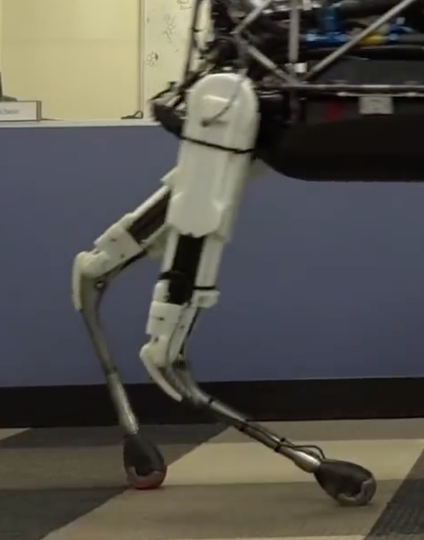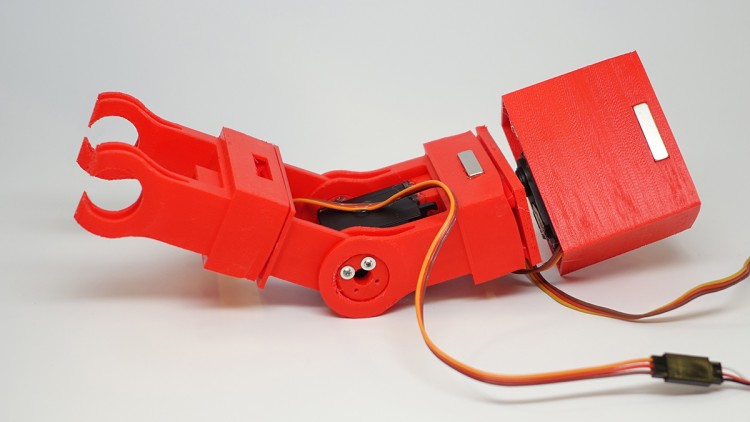
Mechanisms
The goals for this week is trying to model Modular Self Assembling Robotic Arm.
4 major modules
- Base module or moving plateform
- Lifting Module
- Rotating Module
- Grabbing Module
Options for Lifting (Arm) Mechanisms
Direct Drive with Servo
Pros: Takes up less Space
Cons: Less Torque
Timing belt
Pros: High Torque
Cons: Heavier? Require additional encoder
Actuator
Pros: High Torque
Cons: Takes up more space, expensive.
Parallel-mechanism drive by servo
Pros: High Payload
Cons: Takes up more space, expensive.
5th Option? Boston Dynamics’s Spot?
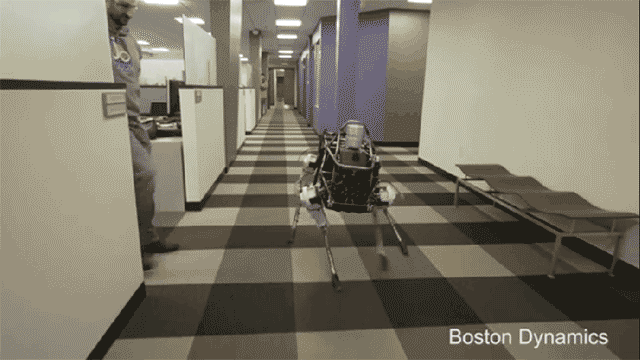
Parallel-mechanism Design & Test
For parallel-mechanism, I tried to model after this Kuka Robot below. For a module system, this might take up too much space.
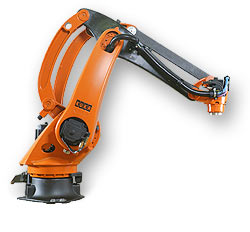
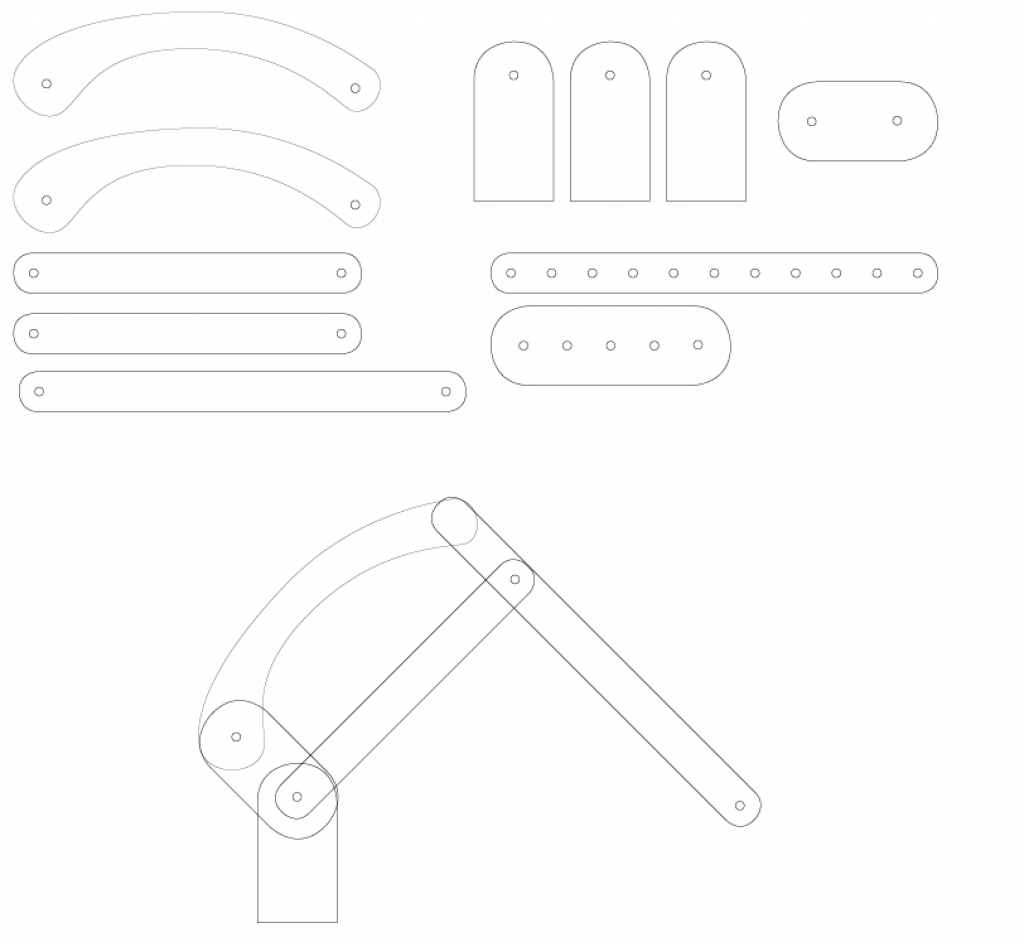
Self Assembling / Dissembling
Requirements
- Click / Snap on (Magnet)
- Data & Power Connection (Pogo Pins)
- Stiff Linkage
- Detachable (solenoid)
Self Alignment & Snap Test
I set out to create an interlocking system that can be roughly aligned and clicked in place by magnets. The spot where the two module meets would also have a pogo pin to provide power and data, probably serial communication. If the weight requirement allows I might add a solenoid for detaching the modules.
Take aways: To crate a rough meeting surface that gets attracted by magnet it’s generally a good ideas have a large opening then guiding the structure to a fixed point. To make the modules stuff, it’s good to have corners that locks together after the rough alignment.

Version 2


Future versions should include stiffer join, adding a servos for locking each module.
Combine Clickers and Servos
How does it work?

